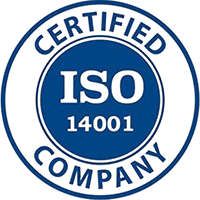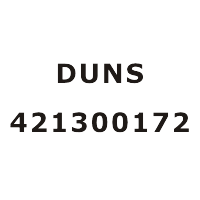
Innovations and trends in die casting are continually evolving to meet the demands of various industries for higher quality, efficiency, and sustainability. Here are some key innovations and trends in die casting:
1) Advanced Alloys
• Development of High-Performance Alloys: New aluminum, magnesium, and zinc alloys with improved mechanical properties, corrosion resistance, and thermal stability are being developed.
• Lightweight Materials: Increasing use of lightweight alloys for automotive and aerospace applications to improve fuel efficiency and reduce emissions.
2) Simulation and Modeling
• Computer-Aided Engineering (CAE): Advanced simulation tools for process modeling, fluid flow, thermal analysis, and solidification predict potential defects and optimize die design before production.
• Digital Twin Technology: Creating virtual replicas of die-casting processes and equipment to monitor performance, predict maintenance needs, and optimize operations in real-time.
3) Automation and Robotics
• Robotic Automation: Use of robots for tasks such as loading and unloading molds, trimming, and assembly to increase precision and reduce labor costs.
• Automated Quality Control: Implementation of automated inspection systems, including machine vision and artificial intelligence, for real-time defect detection and quality assurance.
4) Sustainable Practices
• Recycling and Reuse: Enhanced recycling techniques for scrap metal and waste materials, reducing environmental impact and production costs.
• Energy-Efficient Processes: Development of energy-efficient furnaces, advanced thermal management systems, and the use of renewable energy sources to lower the carbon footprint.
5) 3D Printing and Additive Manufacturing
• Rapid Prototyping: Integration of 3D printing for rapid prototyping of die-cast parts and mold components, shortening development cycles.
• Tooling and Mold Making: Use of additive manufacturing to create complex, customized molds with conformal cooling channels, improving cycle times and part quality.
6) High-Pressure Die Casting (HPDC)
• Vacuum-Assisted HPDC: Implementing vacuum-assisted die casting to reduce porosity and enhance mechanical properties of die-cast parts.
• Thin-Wall Casting: Advances in die-casting technology allowing for the production of thinner, lighter components without compromising strength.
7) Integration of IoT and Industry 4.0
• Smart Manufacturing: Leveraging the Internet of Things (IoT) to connect machines, collect data, and enable predictive maintenance, real-time monitoring, and data-driven decision-making.
• Industry 4.0: Integration of cyber-physical systems, automation, and data exchange in manufacturing processes to enhance efficiency and flexibility.
8) Surface Treatment Innovations
• Advanced Coatings: Development of new coating technologies to improve the surface properties of die-cast parts, such as wear resistance, corrosion resistance, and aesthetics.
• Laser Surface Treatment: Using laser technology for surface texturing and hardening to enhance the performance and lifespan of die-cast components.
9) Micro-DIE Casting
• Miniaturization: Advances in micro-die casting techniques to produce small, high-precision components for electronics, medical devices, and micro-mechanical systems.
10) Multi-Slide Die Casting
• Complex Geometries: Use of multi-slide die-casting machines to produce intricate and complex parts with high precision, often used in electronics and small mechanical components.
11) Improved Cooling Techniques
• Conformal Cooling Channels: Designing molds with conformal cooling channels using additive manufacturing to improve cooling efficiency and reduce cycle times.
• Liquid Cooling Systems: Implementing advanced liquid cooling systems to enhance thermal management during the die-casting process.
12) Enhanced Process Monitoring and Control
• Real-Time Monitoring: Utilizing sensors and advanced software to monitor process parameters in real-time, ensuring consistent quality and quick adjustments.
• Adaptive Control Systems: Developing adaptive control systems that automatically adjust process parameters to maintain optimal conditions.
By staying at the forefront of these innovations and trends, die-casting manufacturers can improve their competitiveness, product quality, and sustainability, meeting the ever-evolving needs of their customers and the industry.







